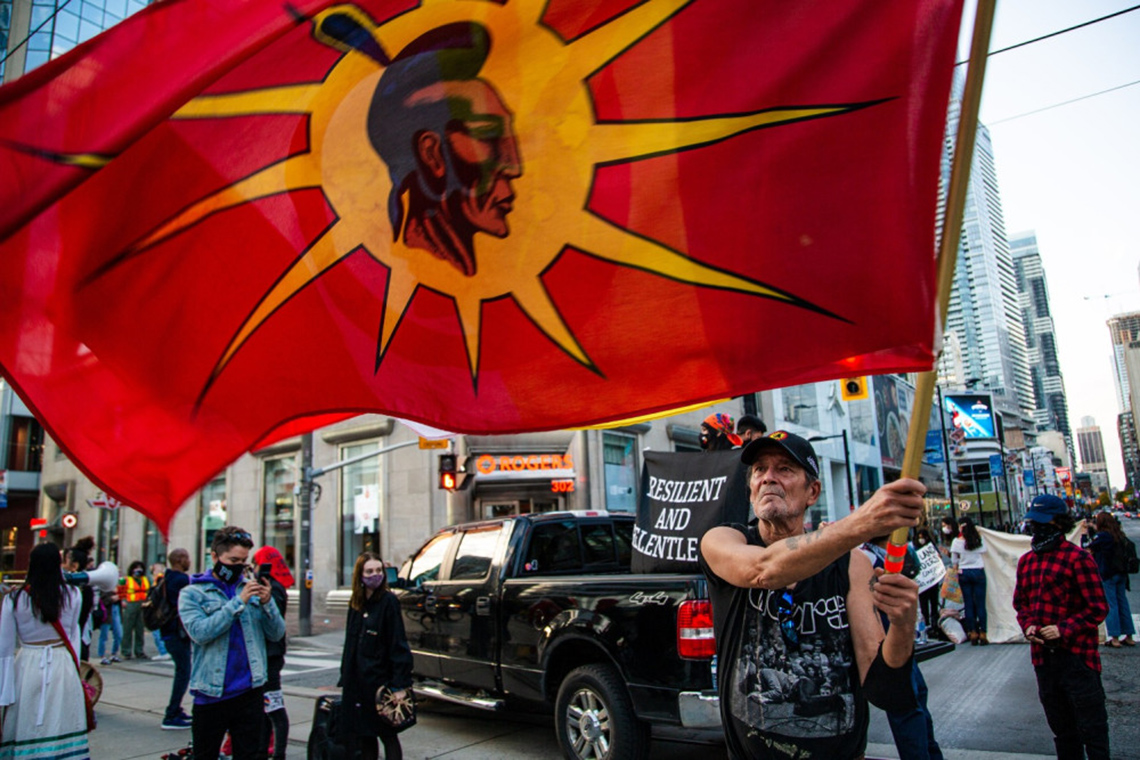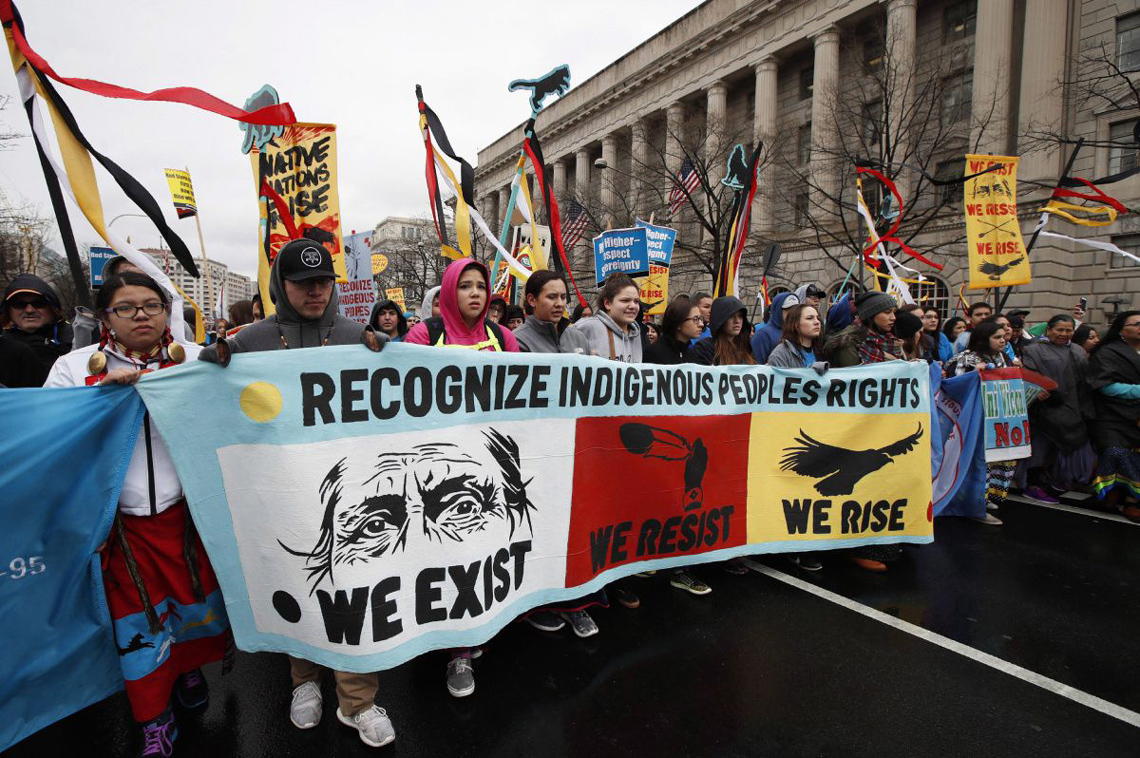Minds On
Understanding Confederation
Please note the term “Indian” is offensive when used by non-Indigenous people. Historically, it is a term that has been used to oppress or exclude Indigenous Peoples. “Indian” is still used in government classifications through the Indian Act and thus is a legal definition used in Canada and will only be used as a historical or legal reference in this learning activity.
To begin thinking about the concept of Confederation and its impacts on Indigenous Peoples, explore the following scenario. You can record your thinking using a method of your choice.
Brainstorm
Your safe space
First, think about a space that makes you feel at home. This can be your backyard, your room, a place in your community, or in a school.

Next, think about what it is that makes the space feel comfortable and safe for you.

List some of your ideas in the following fillable and printable document My Safe Space. You could draw the space to highlight what you love about it! You can also complete this activity in your notebook or in a method of your choice.
Press the ‘Activity’ button to access My Safe Space.
What if you had to share this space with another person that you didn’t know? What might change about how you feel in this space? How does it impact the way you make decisions?

If you were to make an agreement with the new person to live harmoniously together, what are some examples of what you would want included in the agreement?
Lastly, what if you made an agreement, but one day, the person you lived with changed that agreement. What if they created an agreement about how only you should live in your space? How would that make you feel? What kinds of challenges might you experience?
Action
While the content in this learning activity is aligned to the curriculum, some content may be sensitive to individual learners. Consider reaching out to a trusted adult to share your feelings and questions.
Changing landscapes

The scenario you just completed is helpful when thinking about how Indigenous peoples may have felt when Europeans came to, and settled on, the lands now known as Canada.
In the span of a century, drastic changes in the relationships between settler governments and Indigenous peoples and their governments occurred especially after Confederation and the creation of Canada as its own nation-state. Indigenous peoples faced new laws, new relationships, and new legal definitions as to how they were defined and treated in the new nation of Canada.
Confederation and the Indian Act
In 1867, Canada’s Constitution Act or the British North America Act was created. It pulled together a number of historical agreements, drew on “conventions” from the British parliamentary model, and set out the components that became a Canadian system of government. Through Confederation, the protection of Indigenous peoples and their lands transferred from the British Crown to the Federal Crown of Canada.
The attitudes and treatment of Indigenous peoples began to change and the push to assimilate Indigenous peoples increased. Governments and churches believed it was their duty to convert Indigenous peoples to a more “civilized” way of living. They believed that they needed to make decisions for Indigenous peoples who could not make them for themselves. This is called paternalism. There is a direct connection between Confederation and the Indian Act.
Prior legislation
Before the Indian Act was enacted in 1876, it was preceded by other legislation (later combined to form the Indian Act), such as the Act to Encourage the Gradual Civilization of Indian Tribes in this Province, and to Amend the Laws Relating to Indians (also known as the Gradual Civilization Act) in 1857, and the Gradual Enfranchisement Act in 1869.
Enfranchisement meant that a First Nations person would relinquish their Status, or recognition of being a First Nations person, and become a Canadian citizen.
Purpose of the Act

The purpose of the Act was clearly stated in its full title, as it reveals the government’s plan to have First Nations peoples rescind their Status and become part of the Canadian population. The main priority for such legislation was assimilation.
The Indian Act was passed in 1876 and is the legislation that determines First Nations identity, rights, and governance in Canada to this day. The Indian Act is the primary law that the federal government uses to control most aspects First Nation life. The Indian Act gave the government sweeping powers with regards to First Nation identity, political structures, governance, cultural practices, and education. These powers restricted Indigenous freedoms and forbade First Nations peoples and communities from expressing their identities through governance, cultural practices, and ceremonies. The Act was created by Parliament without consultation from First Nations communities. It does not include the Inuit or Métis peoples, though the Indian Act at one point was amended to included the Inuit in 1924 and they were later removed from the Act.
Restrictions
Some of these restrictions included excluding women from band council politics, making it illegal for First Nations peoples and communities to hire lawyers, and outlawing ceremonies and cultural gatherings such as the potlatch. Under the Indian Act, the federal government mandated the education of First Nations children and entered into a partnership with the churches to provide First Nations children education with a focus primarily on assimilation through the residential school system. The Inuit and Métis peoples were not included in the Indian Act, but they were enrolled in the schools, nonetheless.
Fill in the blank
Use your learning to answer the following fill-in-the-blank questions.
For each sentence, select the missing word or phrase from the drop-down menu.
Things you may not know about the Indian Act
Check out the following video entitled "The Indian Act Explained" to learn more about the legal limitations enforced for First Nation Peoples.
As you explore this video, list the ways the Indian Act limits the rights and freedoms of First Nations individuals. In what ways has the Indian Act been an act of assimilation against First Nations peoples?
When you’ve finished examining the video, summarize your findings. You can record your findings in a method of your choice.
First Nations resistance
Resistance can often take the form of peaceful demonstrations, and these acts of resistance can be observed across many communities. This images depicts such a gathering on October 23rd, 2020 at Yonge and Dundas Square, Toronto. The demonstration was over a land dispute, which claimed a housing development near Caledonia and Six Nations of the Grand River First Nation is on Indigenous land which violates the sovereignty of the Haudenosaunee people.

It is important to remember that First Nations people were not consulted about the Indian Act and were banned within the Act from hiring a lawyer, entering into law, or fighting for their land rights through land claims. Despite this, First Nations people resisted the Indian Act, lobbied, and fought for their rights. The Indian Act has been amended (changed) several times, most notably in 1951 and 1985, yet the policies within the Indian Act still impact many parts of First Nations life today. Even identifying as an Indigenous person today is an act of resistance as it illustrates that the Indian Act did not fulfill its plan to assimilate First Nations people.
In history, the skill of continuity and change examines how an event or idea has changed or stayed the same. Using this skill, consider what factors lead to events or ideas staying the same and what factors helped to motivate change.
Amendments to the Act
Starting with Canadian encyclopedia websites, research the amendments to the Indian Act in 1951 and 1985.
- What were the factors that motivated each change?
- What actually changed?
- Why did this change happen?
- What was the impact of this change?
Compile and organize your research in the following fillable and printable document Amendments to the Indian Act. You can also complete this activity in your notebook or in a method of your choice.
| Factor | What changed? | What motivated the change? | What was the change? |
|---|---|---|---|
Press the ‘Activity’ button to access Amendments to the Indian Act.
Consolidation
The rights of Indigenous Peoples
Rights can be fought for through the act of peaceful protest, and these acts can be observed across many communities. This image depicts the Native Nations Rise march on March 10, 2017. This protest occurred at the Standing Rock Sioux reservation in North Dakota, where thousands of activists and Indigenous Peoples fought for Indigenous rights and to raise awareness of issues affecting their communities.

In 2007, the General Assembly of the United Nations adopted the Declaration on the Rights of Indigenous Peoples (UNDRIP).
This document establishes a universal framework of minimum standards for the survival, dignity, and well-being of Indigenous peoples of the world, and it elaborates on existing human rights standards and fundamental freedoms as they apply to the specific situation of Indigenous peoples.
The following list contains some of the standards declared by the UNDRIP document:
- self-government
- prohibition (prevention) of discrimination
- participation in the political system of the countries in which one lives
- equality of rights
- right to self-determination, and to control what happens to oneself
- protection of one’s culture, religion and social institutions
Based on what you learned about the Indian Act, in what ways does the Indian Act violate articles of the Declaration on the Rights of Indigenous People?
Creating a public service announcement
Create a Public Service Announcement entitled “Truth About the Indian Act.” In your PSA, include information about the following:
Record your PSA as an audio clip, a video, a script, or in a method of your choice.
Source: Hanson, Erin. “The Indian Act.” Indigenousfoundations, indigenousfoundations.arts.ubc.ca/the_indian_act/.
Reflection
As you read the following descriptions, select the one that best describes your current understanding of the learning in this activity. Press the corresponding button once you have made your choice.
I feel...
Now, expand on your ideas by recording your thoughts using a voice recorder, speech-to-text, or writing tool.
When you review your notes on this learning activity later, reflect on whether you would select a different description based on your further review of the material in this learning activity.
Press 'Discover More' to extend your skills.
Discover More